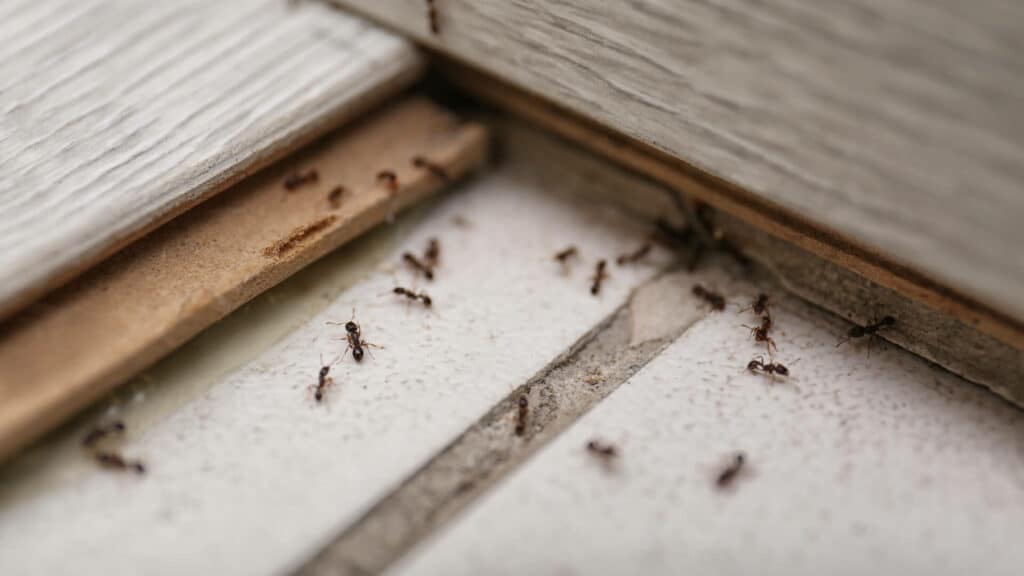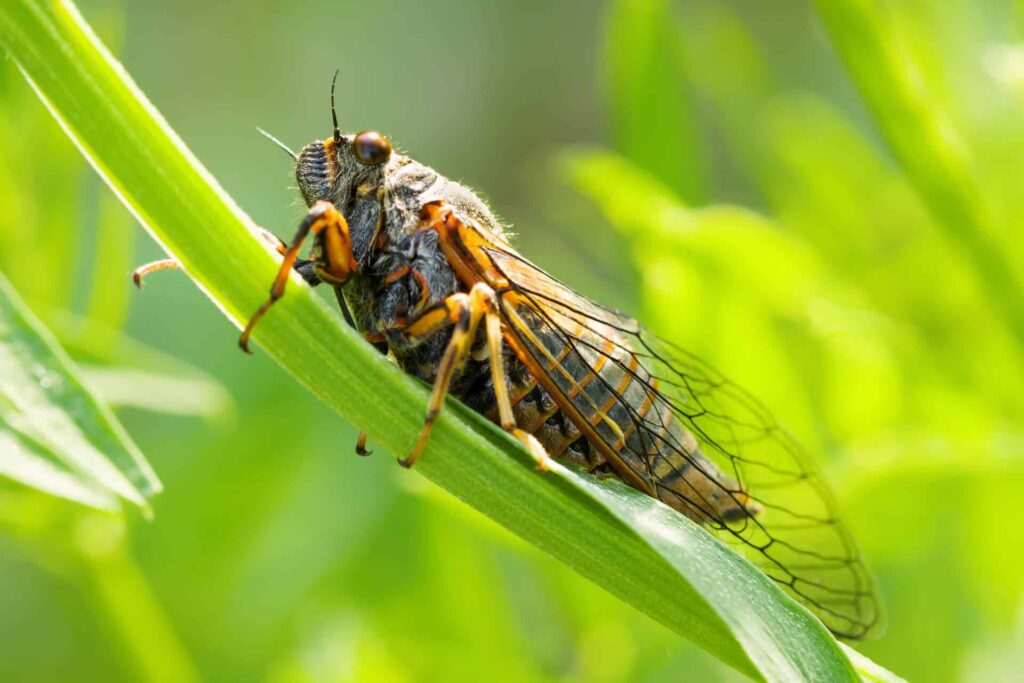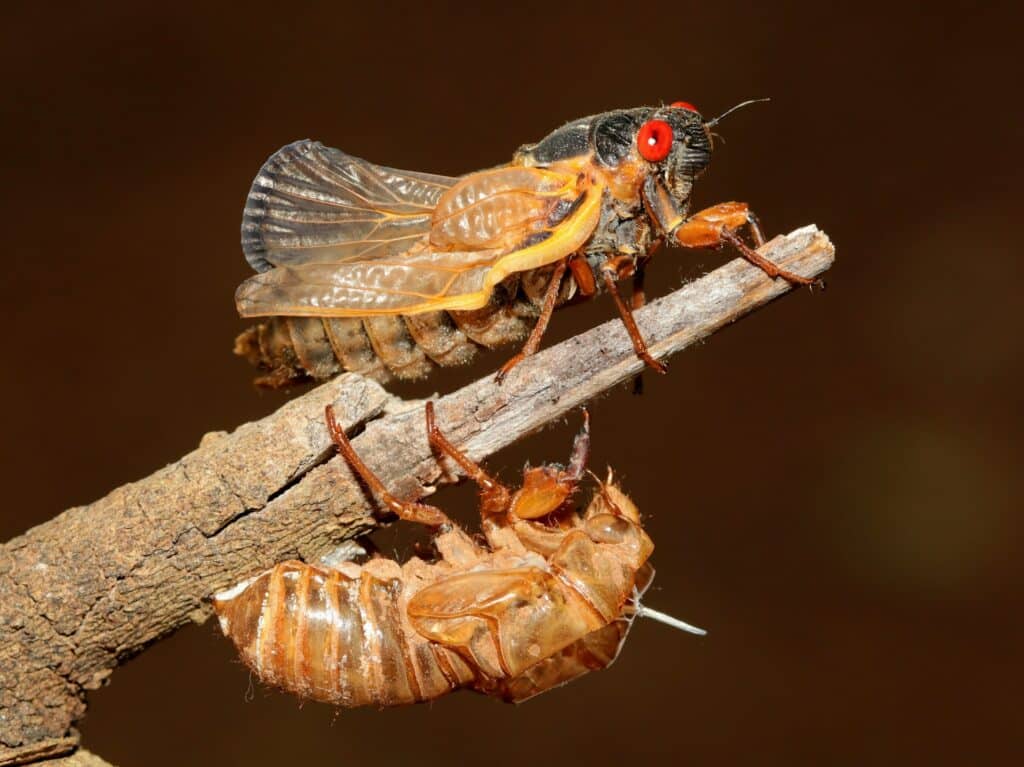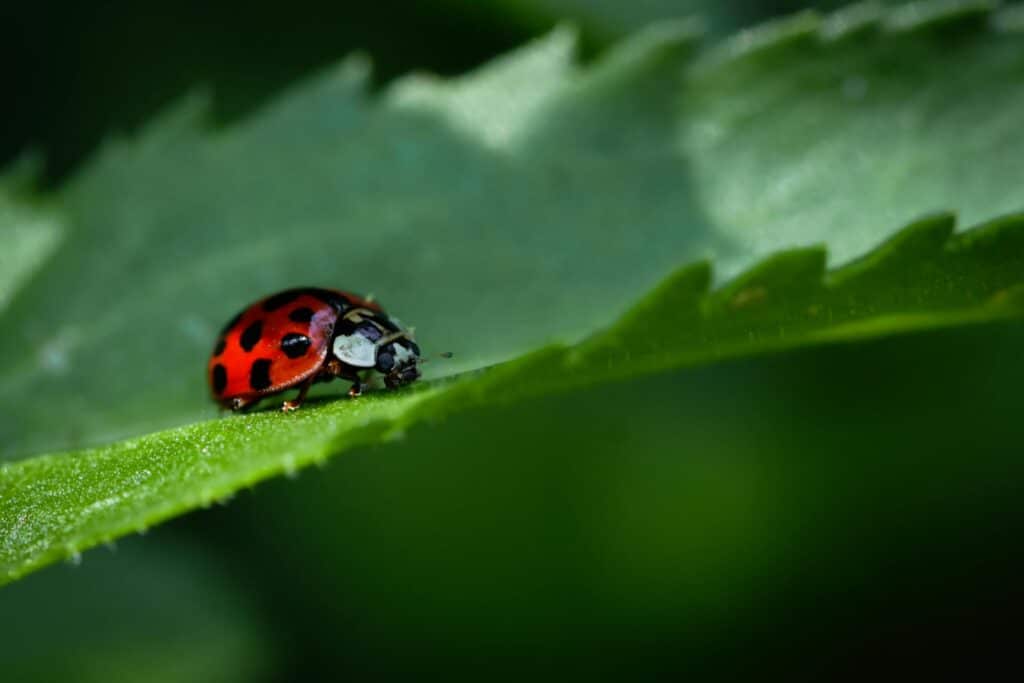Depending on where you live, you may be familiar with managing pest-ridden garbage cans. What many city-dwellers and suburbians don’t realize though, is how easy it is for their own trash cans to become home to opportunistic pests. Allowing bugs to live in your outdoor trash bins can make your house vulnerable to a pest infestation. Let’s take a look at the importance of keeping your garbage free of pests, ensure you know the dangers that come with a pest-infested garbage can, and explore what you can do to bug-proof these containers.
The Dangers of a Bug-Infested Trash Can
When you hear about pests getting into trash cans, your first thought likely goes to raccoons. And while these large animals are notorious for invading trash cans in the night, other pests like ants, flies, rats, wasps, and cockroaches are drawn to the decaying food stored in these containers.
In addition to being a nuisance, these pests can bring harmful diseases and destruction to your property. Rodents contaminate food and can chew through electrical wires and drywall, while cockroaches and flies spread germs and diseases. These pests reproduce very quickly and seek out dark, warm areas like garbage cans, so these containers can quickly become home to hundreds of harmful critters. These techniques can help to protect both your trash cans and property from pests.
Ways to Pest-Proof Your Trash Can
Keep all garbage in bags
While it may seem redundant to put garbage in a closed bag just to place it in a larger container, loose food and wrappers are exactly what attract annoying pests. Use a heavy-duty trash bag to transport all thrown-out food, and if possible, avoid putting bags that contain food waste in your outdoor trash cans until a night or two before trash pick-up day.
Clean containers before throwing them out
In the same vein, flies, ants, and rodents can smell the leftover food in takeout boxes or plastic containers. Flies, in particular, can smell rotting food from over four miles away. If your old takeout containers retain a strong stench, thoroughly rinse these containers before placing them in the trash to prevent attracting pests to your garbage bins overnight.
Secure the lid
If waiting to toss old food until trash day isn’t an option for you, properly secure the trash can’s lid. The easiest way to accomplish this is with a short bungee cord. Simply hook the cord onto one side of the trash can handle and stretch it over the lid, attaching it to the opposite handle. While some larger may still be able to work their way into the trash can, this will prevent any smaller critters and insects from entering through the main opening.
Repair holes or replace
There’s no point in investing the time to secure your trash can lids if the rest of the container is ridden with cracks and holes. These holes practically encourage ants and cockroaches to sneak into your garbage cans and infest your trash. First, fully wipe down your garbage cans with a distilled white vinegar and water solution and then rinse out with a hose. After sanding the damaged areas, apply fiberglass reinforcement tape from the inside of the can and then spread epoxy to the hole from the outside. It may seem like a lengthy process, but going this extra step will help you avoid a cockroach infestation in the future.
Install motion-detectors
Many critters, and even some small pests, are easily frightened by bright, sudden lights. Motion-detecting lights can help fend off any creatures that try to sneak in your garbage cans after it gets dark. Not only is this an effective pest control investment, but it’s also a good security measure for deterring potential intruders.
Buy or construct an enclosure
If you’re really worried about larger rodents invading your trash cans, invest in an enclosure for the area where you keep the bins. Homeowners in the country may find it useful to invest in a heavy-duty, metal enclosure to keep all types of animals out of the trash, but for city dwellers, a small, plastic shed should have the same impact. A simpler solution is to tie your garbage cans to a pole or tree. It may not keep small bugs from getting inside, but it will deter raccoons from knocking the bins over and rummaging through your trash.
Spray ammonia
When it comes to all-around pest control, ammonia is hard to beat. Not only does this gas ward off raccoons with its smell, but the ingredients in the solution are also capable of killing cockroaches within minutes. However, we recommend only using this chemical for outdoor purposes, ammonia has been found to irritate both us and our pets. For use in your outdoor trash cans, mix one part ammonia with one part water and spread using a spray bottle. Make sure all of your windows are shut before spraying the mixture, however, as the chemical has quite a pungent smell.
Place trash cans far away from home
Even if you follow every tip on this list, it’s possible some pests will still find their way into your trash cans. The best way to ensure they don’t make the move from your trash cans to the inside of your home is to keep them as far away from your home’s structure as possible. These clever pests can find their way inside through any sized crack or hole in your house’s foundation. Keeping the bins far away from your home will help prevent pests from sneaking indoors. Following these eight techniques is the best course of action for bug-proofing your trash cans. However, the best way to fully get rid of these lingering pests is with Aptive Pest Control’s professional and effective service.
Dealing with Bugs in Your Trash Can
If you’re dealing with bugs in your trash can, it’s not just about the nuisance; it’s about preventing potential health risks. Garbage bugs, including flies, wasps, and ants, can multiply quickly, making it crucial to take action as soon as you notice them. Ensuring that your trash bin is tightly sealed and using natural deterrents like vinegar can help keep these pests at bay. By addressing the issue of bugs in trash cans, you’re not only contributing to a cleaner home environment but also protecting your family from the dangers of pest-related diseases. For more comprehensive protection and peace of mind, consider seeking professional pest control services that can provide effective and lasting solutions tailored to your needs.









